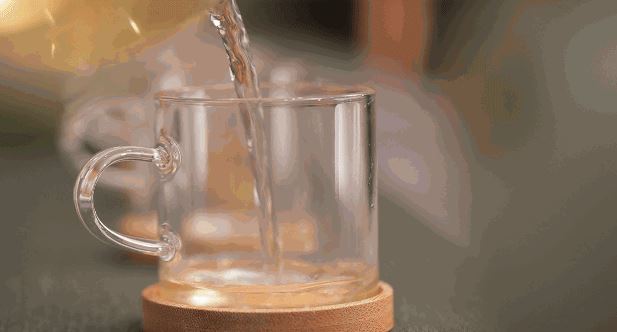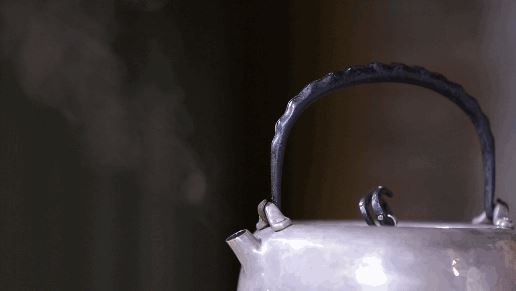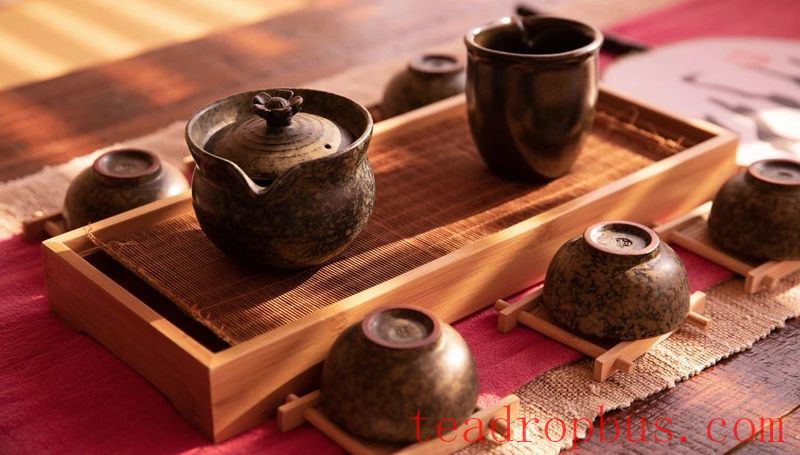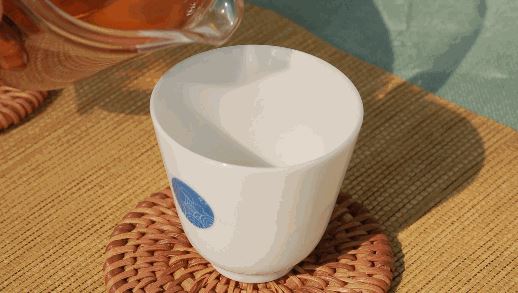“Water is the mother of tea,” to brew a good pot of tea, you need good water. Good water not only enhances the aroma and color of the tea but also brings out its flavor, combining the art of tea with health benefits, achieving both taste and wellness. So what type of water is best for brewing tea?
What are the differences when using different types of water to brew tea?

Tap Water, Not the First Choice
Tap water is the most common type of drinking water, sourced from rivers, lakes, and processed as natural water. It may have high hardness and contain residual chlorine from disinfection, which can affect the taste and aroma of the tea, making it less than ideal for brewing.
Well Water, Deep Well Water Is Best
In general, deep groundwater, protected by aquifers, is less polluted and has a pleasant taste, making it excellent for brewing tea. Shallow groundwater, on the other hand, is more prone to surface contamination and has poorer quality, which can detract from the tea's flavor.
Mineral Water, Complements the Tea Flavor
Mineral water is collected from underground sources that flow through rocks and is treated. It contains minerals and trace elements. Most mineral waters have a high content of calcium, magnesium, and sodium ions, making them permanently hard and unsuitable for brewing tea. Choosing a suitable soft mineral water, however, can complement the tea flavor and maximize the taste of your Cup of tea.
Purified Water, A Simple and Safe Choice
Purified water is made from water that meets the standards for drinking water, processed using appropriate methods, and has very high purity without any additives, making it a soft water that can be directly consumed. While it won't bring out the full flavor of the tea, it also won't detract from it. For everyday tea brewing, choosing bottled purified water is a relatively simple and safe option. Purified water doesn't enhance or diminish the quality of the tea infusion, allowing the true taste of the tea to shine through.
What are the differences when using different kettles to boil water?

Water Dispenser, Best to Avoid
The hot water from a water dispenser usually does not reach boiling point, typically heating to around 90°C and then maintaining this temperature. For example, Oolong Tea requires 100°C water to fully release its flavor and aroma, but the water from a water dispenser is not hot enough. Therefore, it is not ideal for boiling water to brew tea.
Electric Kettle, No Improvement to Water Quality
It heats water quickly and is convenient, but an electric kettle does not purify the water, so there is no noticeable improvement in water quality. Using an electric kettle to boil water may result in tea that does not taste its best.
Iron Kettle, Suitable for High-Temperature Teas
An iron kettle improves water quality and the taste of the tea infusion. The water boils completely and retains heat well, making it suitable for teas that require high temperatures. However, regular maintenance is needed.
Silver Kettle, Enhances the Taste of the Tea Infusion
A silver kettle has antibacterial properties, removes odors, and improves the quality of the tea, enhancing the taste. Silver kettles produce pure water with high oxygen content, significantly improving the taste of the tea infusion. They do not rust easily and are easy to maintain. Most types of tea can be brewed using water from a silver kettle.
Ceramic Kettle, Makes the Tea Smooth and Silky
A ceramic kettle can absorb minerals, purifying the water to some extent. This makes the tea smoother and silkier, enhancing its aroma and waking up the flavors of new teas. However, it takes longer to boil water in a ceramic kettle.
How to Boil Water for Better-Tasting Tea?

In “The Classic of Tea” by Lu Yu from the Tang Dynasty, it is recorded that: the first boil is like fish eyes with sound, the second boil is like surging springs, and the third boil is like waves drumming. Water used for brewing tea should be boiled until the second boil or just at the beginning of the third boil, as this is when the water is most active.
If the water is boiled for too long, the oxygen content decreases, reducing its activity, which we commonly refer to as “over-boiled” water, which is not good for the tea infusion. However, if tap water is used, it needs to be boiled for a bit longer. Tap water contains residual chlorine from disinfection, and when boiling, leaving the lid open for about a minute after the water starts to boil can remove some of the chlorine and reduce the water's unpleasant taste. Be careful not to get burned.
Additionally, different teas require different water temperatures. For example, delicate green teas are best brewed at 80-85°C, while oolong tea requires 100°C water to fully release its aroma and flavor.

Brewing tea requires not only the sweetness and nourishment of high-quality water but also careful consideration in selecting the tea and controlling the water temperature, paying attention to the details of the brewing process. This is the path to “brewing a great cup of tea.”
If there is any infringement, please contact us to delete it.